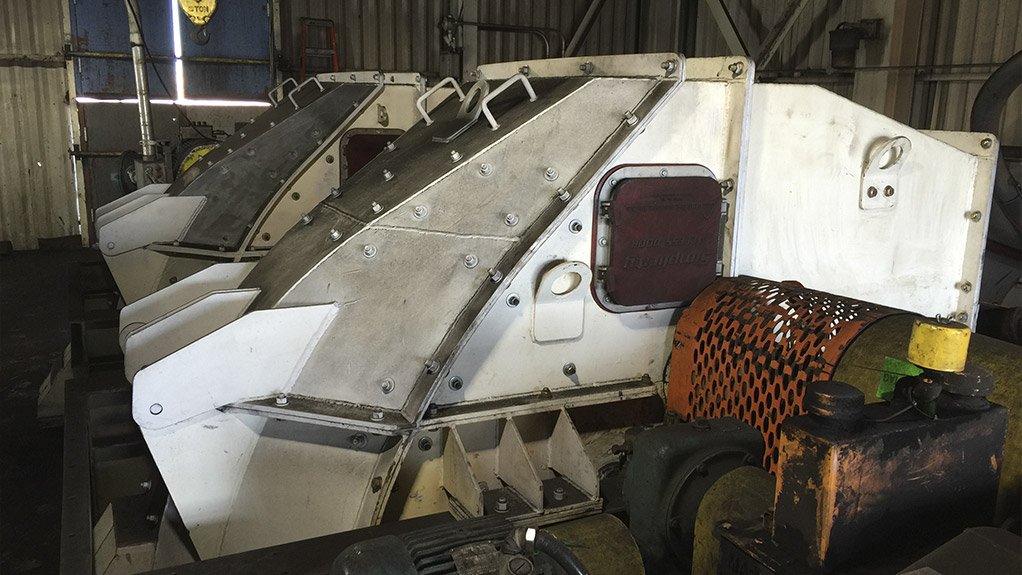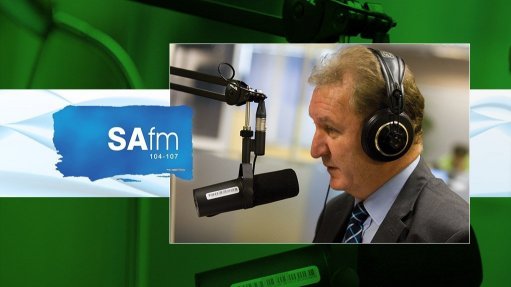Weba Chutes prove their worth at US power plants



Two conveyor onto conveyor transfer chutes installed at a power plant in Wyoming
Showing the top section of two conveyor onto conveyor transfer chutes installed at a power plant in Wyoming
Coal dust is a major problem for the operators of facilities such as coal processing plants and power stations as it not only reduces the efficiency of machinery and equipment but it can also impact on the health of workers and even the health of residents of neighbouring communities.
The biggest contributor to the dust generated within these facilities is invariably the conveyor systems transporting the coal. Within these systems, the transfer points where material is transferred from one belt to another are particularly problematic and are responsible for much of the dust produced.
While dust suppression and dust extraction systems can help to reduce the amount of coal dust generated by conveyor systems, they represent – more often than not – only a partial solution. A much more effective approach is to focus on the engineering and positioning of the chutes used at the transfer points.
This is the view of Alwin Nienaber, Technical Director of South Africa’s Weba Chute Systems, a global leader in chute technology. “Careful chute design can relieve 50 to 80 % of the problem,” he says. “Suppression and extraction of the remaining dust then becomes a much more efficient component in a broader and more holistic solution.”
Weba Chute Systems, though based in South Africa has a healthy international business (it has supplied to more than 50 countries), and two contracts in the United States illustrate just how effective Weba chutes can be in reducing coal dust.
One of the contracts saw Weba supplying 10 controlled flow chutes to a coal-fired power station in the state of Wyoming. The basic requirement was that the new chutes – which replaced existing standard chutes – should produce less than the regulated 2.4 mg/m3 of dust under predefined operational conditions.
“The challenge with coal dust at this power plant was formidable,” says Nienaber. “The coal dust created at certain transfer points between conveyors severely impaired vision and made it impossible for personnel to be in the vicinity while conveyors were running.”
Not only did the new chutes reduce dust levels by between 46 % and 77 % between conveyors but they also enhanced conveyor capacity by discharging the coal more centrally on the belts. One conveyor belt was able to transport an extra 150 tonnes of coal an hour. Moreover, these controlled flow chutes block less frequently, thereby reducing coal spillage.
The second Weba installation was at a Missouri power plant, which wanted to reduce the housekeeping required to keep its coal handling systems compliant with health and safety regulations in respect of respirable coal dust. It also wanted to minimise wear on conveyors and components and reduce material spillage through central loading.
The results delivered by the Weba controlled flow chutes were even better than those achieved at the Wyoming plant, with dust being reduced by between 73 % and 91 %. In addition, carry back was also improved as a result of quality primary and secondary belt scrapers replacing the inadequate belt wipers previously used.
Comments
Press Office
Announcements
What's On
Subscribe to improve your user experience...
Option 1 (equivalent of R125 a month):
Receive a weekly copy of Creamer Media's Engineering News & Mining Weekly magazine
(print copy for those in South Africa and e-magazine for those outside of South Africa)
Receive daily email newsletters
Access to full search results
Access archive of magazine back copies
Access to Projects in Progress
Access to ONE Research Report of your choice in PDF format
Option 2 (equivalent of R375 a month):
All benefits from Option 1
PLUS
Access to Creamer Media's Research Channel Africa for ALL Research Reports, in PDF format, on various industrial and mining sectors
including Electricity; Water; Energy Transition; Hydrogen; Roads, Rail and Ports; Coal; Gold; Platinum; Battery Metals; etc.
Already a subscriber?
Forgotten your password?
Receive weekly copy of Creamer Media's Engineering News & Mining Weekly magazine (print copy for those in South Africa and e-magazine for those outside of South Africa)
➕
Recieve daily email newsletters
➕
Access to full search results
➕
Access archive of magazine back copies
➕
Access to Projects in Progress
➕
Access to ONE Research Report of your choice in PDF format
RESEARCH CHANNEL AFRICA
R4500 (equivalent of R375 a month)
SUBSCRIBEAll benefits from Option 1
➕
Access to Creamer Media's Research Channel Africa for ALL Research Reports on various industrial and mining sectors, in PDF format, including on:
Electricity
➕
Water
➕
Energy Transition
➕
Hydrogen
➕
Roads, Rail and Ports
➕
Coal
➕
Gold
➕
Platinum
➕
Battery Metals
➕
etc.
Receive all benefits from Option 1 or Option 2 delivered to numerous people at your company
➕
Multiple User names and Passwords for simultaneous log-ins
➕
Intranet integration access to all in your organisation



















